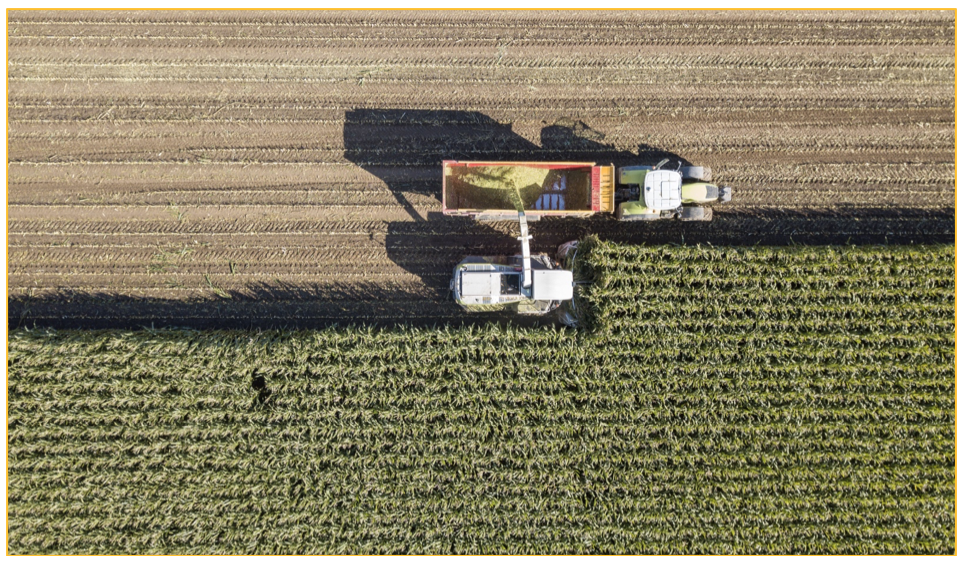
Forecast
Our 2020/21 (Sept/Oct) average price for Chicago Corn remains unchanged in a range of 4.7 to 5 USD/bu.
The average price since the start of the crop (Sep/Aug) is running at 4.65 USD/bu.
Although the April WASDE brought harsher than expected cuts to the US’ closing stocks, we still think the USDA will have to tighten them further in the coming months.
Market Commentary
After a constructive April WASDE, corn rallied 3% in Chicago, 1.3% in the EU and 1.6% in Brazil (which made an all-time high last week). The case was the same for wheat, which rallied 4.5% in Chicago and 1.7% in the EU.
At a glance, the April WASDE was supportive as closing stocks for corn, soybeans and wheat saw a combined reduction of 7m tonnes globally. However, we think the USDA was conservative and will have to tighten closing stocks again in forthcoming releases.
For corn, the April WASDE was somewhat disappointing, showing just a 75m bu increase in US corn exports, compared to the 200m bu we were anticipating. However, the 150m bu cut to ending stocks came with higher feed usage and higher ethanol consumption. Corn closing stocks dropped to 1.352b bu, down from 1.502 before (or 9.1% stock-to-use from 10.3% before).

US corn exports were increased to 2.675b bu, compared to 2.6 before; we don’t think is enough in light of the US’ net sales.
What the USDA did was increase wheat consumption in China, with corn losing market share compared to wheat. However, neither production nor exports were increased, meaning China’s higher consumption is coming solely from local production, hence the lower Chinese and global wheat closing stocks.
We think China will continue to move towards security of supply as its protein demand is there and stocks are low. Whether it be for corn, soybeans or wheat, it’ll try and find the best protein combination, depending on prices, to refill its stocks. In fact, the CASDE (China’s USDA equivalent) increased its corn imports forecast, from 10m tonnes to 22m tonnes last week (compared to 24m tonnes in the April WASDE).
Soybean closing stocks were left unchanged in the US, with a combination of lower demand (crushing) being offset by higher exports. Global soybean closing stocks were higher, mostly due to Brazil’s production being up 2m tonnes (at 136m tonnes).

The USDA revealed that corn planting is 2% complete, in line with the five-year average.
In Brazil, Conab increased its corn production estimate by 1m tonnes, so it’s now at sat 109m tonnes. However, yields are at risk as more than half the Safrinha planting has taken place outside of the ideal window. Conab therefore feels rainfall is required in the coming months if the 109m tonne estimate is going to materialise. However, the issue here is that we’re now heading into the dry season…
US wheat ranked 53% good to excellent compared to 62% last year. The April WASDE increased the US’ wheat closing stocks from 836m bu to 852m bu. It left production unchanged, however, and lowered imports and demand by 10m bu and 25m bu respectively.
Global wheat closing stocks were reduced by 6m tonnes, with no changes in production, meaning the reduction stemmed from higher consumption from China.
The French wheat condition remained unchanged at 87% good to excellent.
We think the market should take some time to digest all the fundamental data that’s been released by the USDA over the past two weeks. However, in our opinion, the fundamental picture remains very supportive and we think the high price environment is here to stay.

Other Opinions You Might Be Interested In…














